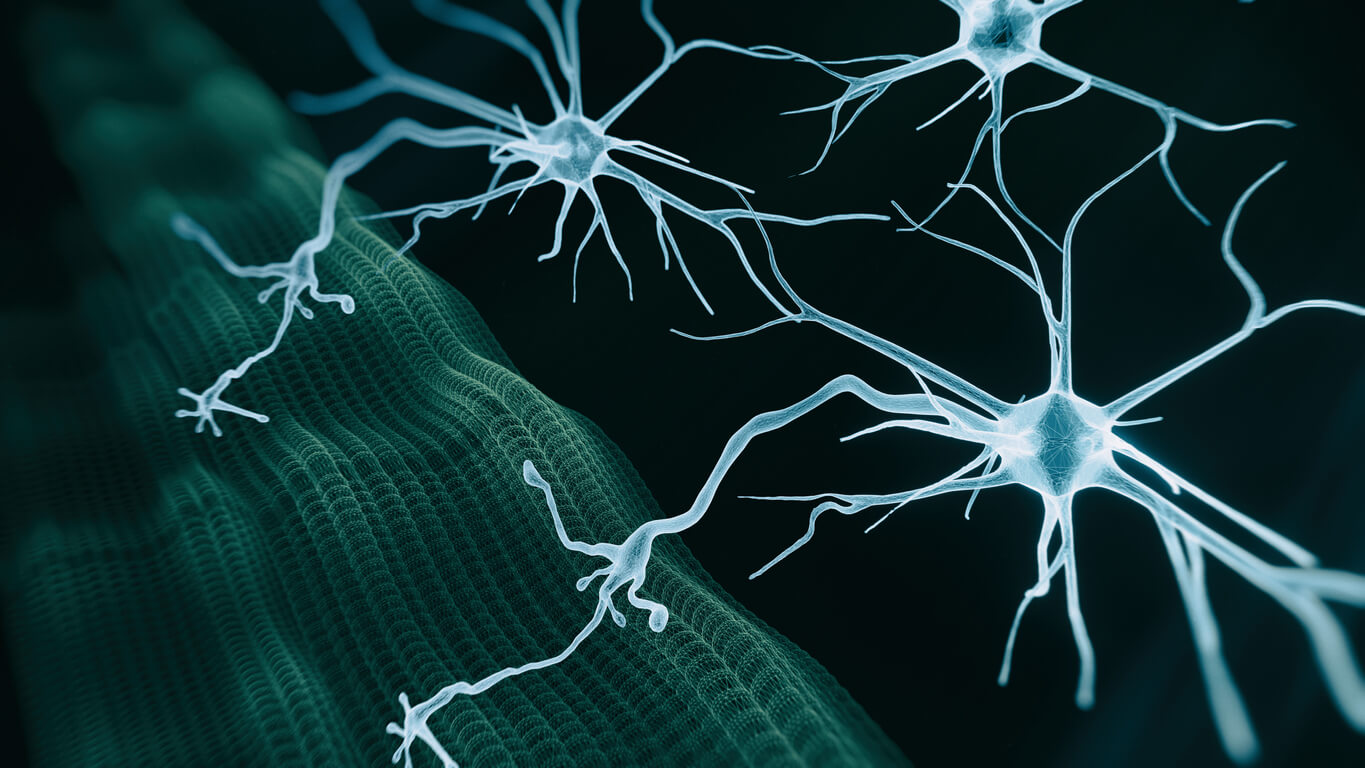Most of us are not aware that we have two types of muscle fibers helping us move on a daily basis: “fast-twitch” and “slow-twitch.” Fast-twitch muscle fibers are primarily used only when the body has to make sudden, powerful movements, whereas slow-twitch muscle fibers are used to expend energy slowly and relatively evenly to make it last.
In other words, while fast-twitch muscles use a great deal of energy very quickly and then tire, requiring rest, slow-twitch muscles work more slowly to conserve energy in order to be able to function for a longer time. The existence of these two types of muscle fibers is a wonderful example of how our bodies are designed to function well under varying circumstances.
At Long Island Spine Rehabilitation Medicine, we treat all types of musculoskeletal problems. If you are suffering as a result of a strain or sprain, tendonitis, bursitis, a torn ligament, or some other muscular problem, contact us for effective, compassionate treatment. Our practice is a holistic one, focused on relieving pain and improving function with a range of traditional and complementary treatments, all of them nonsurgical. The sooner you get in touch with us, the sooner we can make you more comfortable.
Fast-Twitch Muscle Fibers
You may be surprised to learn that fast-twitch muscle fibers have fewer blood vessels supplying them with oxygen than their slower counterparts. This is because the fast-twitch muscle fibers need only a big burst of energy, which they generate themselves (somewhat like a battery), not a constant supply of energy to keep them going over the long pull.
In a similar seeming contradiction, fast-twitch fibers do not require oxygen as slow-twitch fibers do since they have their own source of quick energy. For this reason, fast-twitch fibers run on a system free of oxygen (anaerobic).
Slow-Twitch Muscle Fibers
By contrast, slow-twitch muscle fibers need a constant, steady supply of oxygen (an aerobic energy system) so they are supplied by a greater number of blood vessels. This allows them to work for a longer period without tiring. They’re also known as glycolytic muscles because they can use glucose as well as oxygen for energy.
This increased blood supply makes slow-twitch muscle fibers appear darker or redder than fast-twitch fibers. A good way of thinking about the contrast between the two types of muscle fibers is that the fast-twitch fibers provide greater intensity and the slow-twitch fibers provide greater duration.
It should be noted that one kind of fast-twitch muscle fiber, known as an intermediate muscle fiber or a type 2a, can also function as a slow-twitch muscle fiber. This kind of redundancy is common in the human body (think of the fact that we have two lungs and two kidneys). Though the intermediate muscle fiber can function for longer periods, it is fueled by internal energy.
What are the two types of muscle fibers used for?
As you would expect, slow-twitch muscle fibers are used for low-intensity activities and activities that require endurance. Although most of our muscles have more than one kind of muscle fiber, some muscles have more slow-twitch fibers because they are required to work hard at one job for a long time.
The muscles in the back of our lower legs and low back are an example of design for functional reasons. These muscles, mostly made up primarily of slow-twitch fibers, are tasked with helping us stand and bear our own weight for extended periods. Slow-twitch muscle fibers also support long-distance endurance activities like marathon running, while fast-twitch muscle fibers support quick, powerful movements such as jumping, sprinting, or weightlifting.
Factors that Affect Muscle Fiber
Almost all bodily strengths and weaknesses vary from one person to another, depending on genetic makeup, training, injuries, disease conditions, lifestyle, and age. Such factors also affect the number of fast-twitch and slow-twitch fibers in our various muscles. Aging, for example, causes varying degrees of loss in lean muscle mass. Though the older we are, the fewer fast-twitch fibers and the more slow-twitch fibers we have, the level in two individuals of the same age will vary.
Contract Our Experienced Physiatrists Today
Whatever musculoskeletal problem is bothering you, our highly skilled doctors will provide you with a number of treatment options that will help you become pain-free and more productive.
